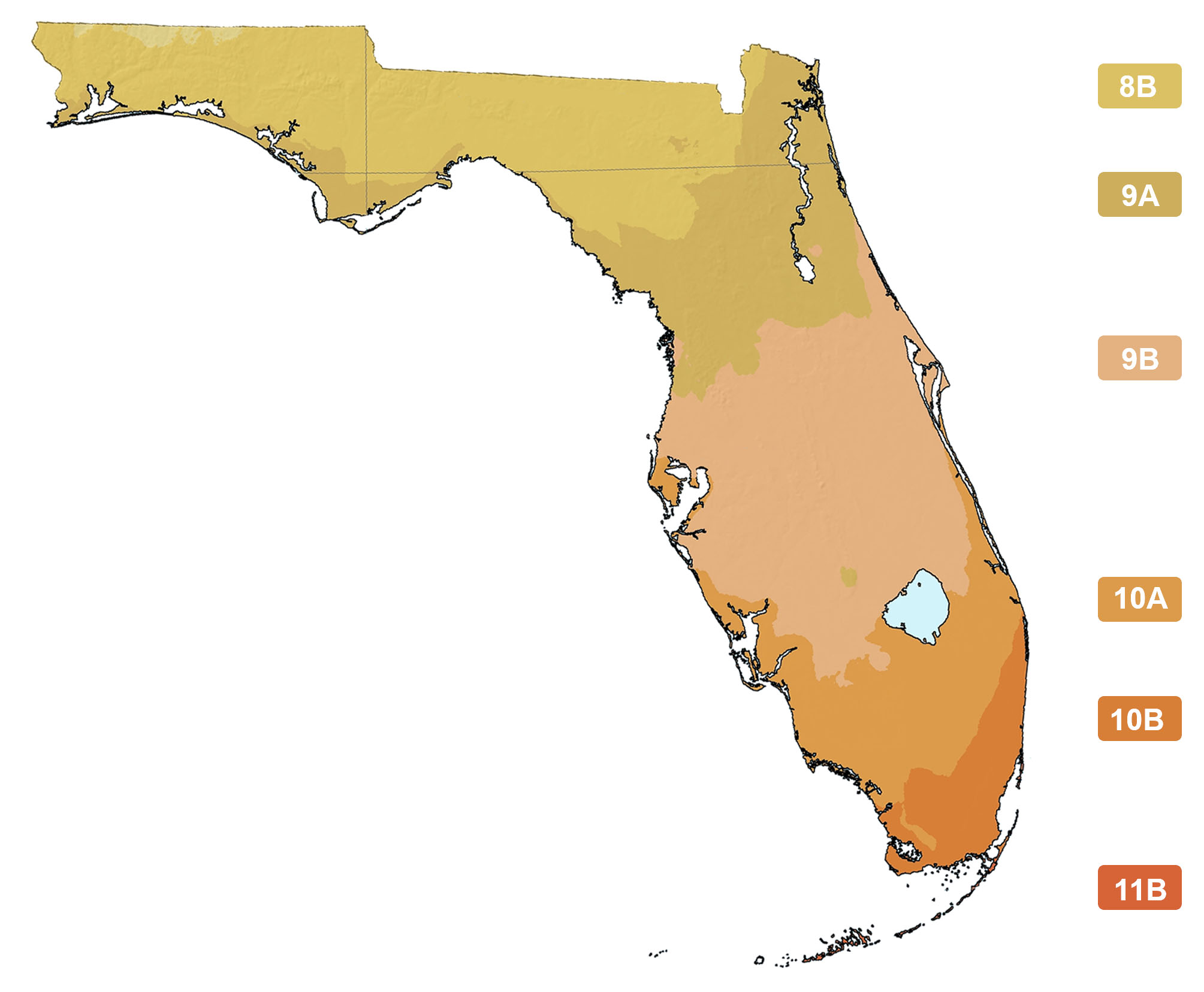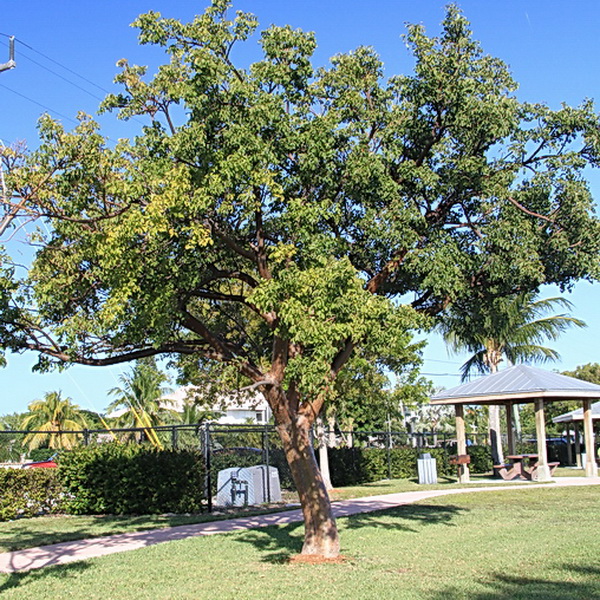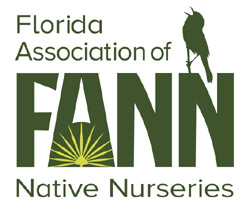Bursera simaruba
Photographs belong to the photographers who allow use for FNPS purposes only. Please contact the photographer for all other uses.
Gumbo-limbo, Tourist Tree
Burseraceae
Plant Specifics
| Form: | Tree | |
| Size: | 20-30 (60) ft tall by 20-30 (50) ft wide | |
| Life Span: | Long-lived perennial | |
| Flower Color: | White,green,NA | |
| Fruit Color: | Brown,NA | |
| Phenology: | Briefly deciduous in late winter or drought. | |
| Noted for: | Interesting bark, Hurricane wind resistance |
Landscaping
| Recommended Uses: | Plant as a specimen tree to show off its bronze-colored peeling bark. Also makes a good shade tree. | ||||||||||||||||||||||||||||||||||||||||||
| Propagation: | Cuttings and seed. Branches that are stuck into the ground can root, but those started from seed will have a better shape. | ||||||||||||||||||||||||||||||||||||||||||
| Availability: | Native nurseries, FNPS plant sales, Quality nurseries | ||||||||||||||||||||||||||||||||||||||||||
| Light: | Full Sun, Part Shade | ||||||||||||||||||||||||||||||||||||||||||
| Moisture Tolerance: |
always floodedextremely dry |
||||||||||||||||||||||||||||||||||||||||||
| (Usually moist, occasional inundation ----- to ----- Very long very dry periods) | |||||||||||||||||||||||||||||||||||||||||||
| Moisture Tolerance: | Usually moist, occasional inundation ----- to ----- Very long very dry periods | ||||||||||||||||||||||||||||||||||||||||||
| Salt Water Flooding Tolerance: | Tolerant of occasional/brief inundation such as can occur in storm surges. | ||||||||||||||||||||||||||||||||||||||||||
| Salt Spray/ Salty Soil Tolerance: | Some tolerance to salty wind but not direct salt spray. | ||||||||||||||||||||||||||||||||||||||||||
| Soil or other substrate: | Humus (organic, upland), Lime rock, Sand | ||||||||||||||||||||||||||||||||||||||||||
| Soil pH: | Calcareous (high pH) | ||||||||||||||||||||||||||||||||||||||||||
Ecology
| Wildlife: |
Kingbirds and other flycatchers eat the fruits (IRC, Haehle and Brookwell 1999). | |
| Insects: | Larval host for dingy purplewing (Eunica monima) (IRC). Attracts bees and other insect pollinators | |
| Native Habitats: | Moist hammocks, dry hammocks, dry hardwood forests, coastal uplands, urban areas |
Distribution and Planting Zones
Natural Range in Florida
USDA Zones
Suitable to grow in:
10A 10B 11 9B

USDA zones are based on minimum winter temperatures
Comments
| General Comments: | This tree has a thick trunk and both the trunk and branches can twist into interesting shapes. The bark is red to bronze and peels. It's also called the tourist tree, who also may be reddish and peeling. |







